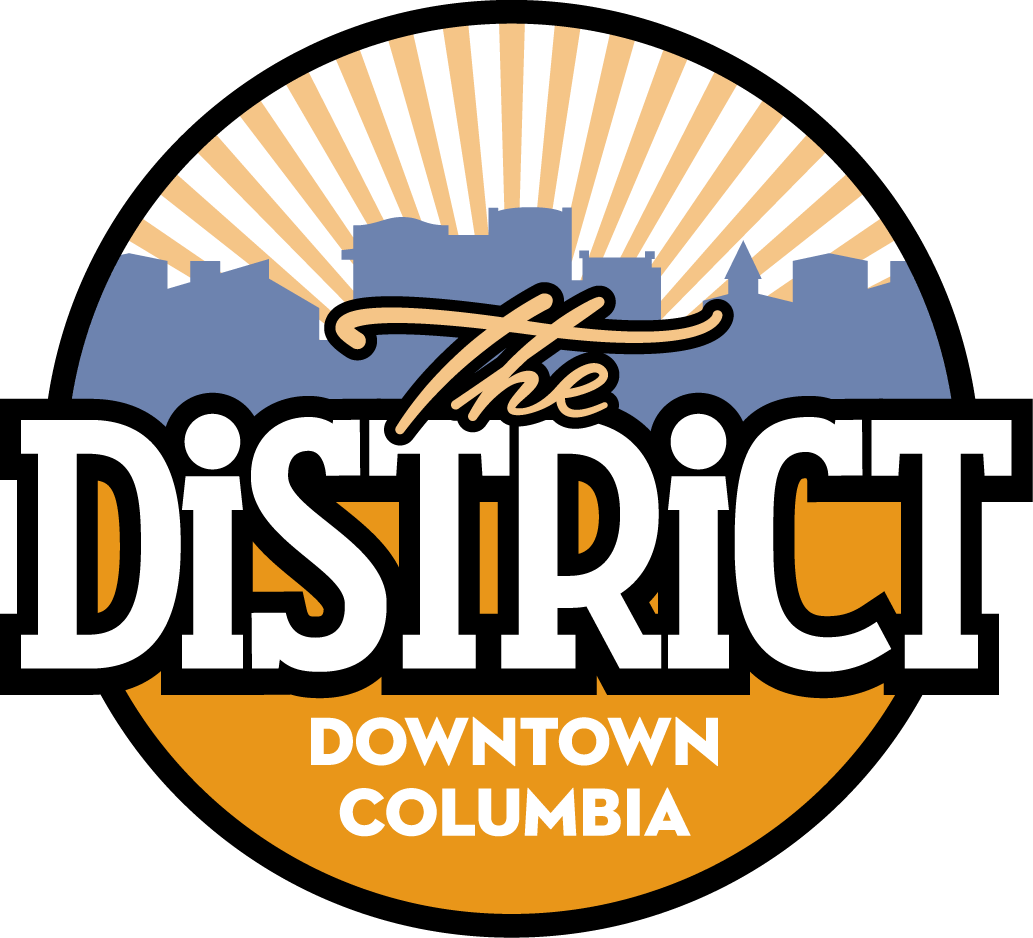Heel” (training): commands a dog to stay by one’s side, typically while walking. “Heel” reins in a pup who has gone too far, whose actions must be curbed, or whose task is complete. “Heel” is the yellow light—or even the red—pausing play to get back in step, bottom and top arranged side by side.
Heel (wrestling): a villain—the face’s foil. The heel’s job is to generate heat, that is, audience boos and jeers. In American wrestling, heels are often foreigners. The heel is a weakness, intended to be trumped, but potentially subversive. A cheered heel can turn into a face.
Heel (construction): a standard heel is the height of the top chord of the roof truss plus the pre-set butt cut. Heel height affects insulation, so a raised heel can lead to a better HERS index. There is no HIS index.
Heel (bread): the first or last slice of the loaf. A loaf has no face, just a heel at each end (though it may have an ear on its back, like a once-famous mouse).
The heel is a body part, but it lends its name to a command, a performative role, a building feature, and a piece of food. The heel is figural: both a figure of speech and an evocation of the human figure. It therefore serves well as the title of Coco Klockner’s solo exhibition at stop-gap projects, which takes such figuration as its artistic approach. Through sculptures and interventions in the architecture of the gallery, the body becomes like a building, or a building like a body. Both are governed by codes, intended for uses that may or may not pan out; both go through periods of care and neglect, stasis and renovation, and are ultimately destined to decay.
The exhibition centers on two sculptures, each made of a resin-hardened skirt penetrated with metal pipe and electrical conduit. Titled Infrastructure (sissy) and Girl (pipe), the sculptures combine gender codes with building materials, unsettling expected distinctions between inside and outside, natural and artificial, or modeled and found. They each occupy space quite differently, one reaching and spreading like a node in a network, the other standing upright like a figure on the ground.
The walls of the gallery have been altered with two sets of interventions, all described as Letters of Support. A series of cast silver faceplates ornament the space with words including “good,” “true,” “dead,” and “name.” Modeled on the logo of a set of Hi-Fi speakers from the artist’s childhood home, these literal letters are at once an individual reference and means of referring to an individual. Alongside the faceplates, the walls have been sanded in two 2"x72" strips, subtly indicating the studs that support the structure.
Hanging in the gallery window, a plastic bag bellies out as if with rainwater. Evoking the envelopes used to post job tickets on construction sites, in this case the bag contains a drawing of a plastic shopping bag. The bag-within-a-bag collapses different economic scales, from individual commerce to urban infrastructure.
heel plays with language—metaphors and metonyms, bad names and good jokes—to probe the non-visible structures that shape, or attempt to shape, bodies. By avoiding explicit figuration, Klockner gives the body a protective layer, while also acknowledging that abstraction can be a tool of oppression.
Coco Klockner is an artist and writer based in New York. She is the author of K-Y (Genderfail Press, 2019) and her essays have appeared in Texte Zur Kunst, Spike Art Magazine, *Real Life, and Disclaimer/Liquid Architecture. Recent solo exhibitions of her sculpture, installation, and sound have been held at Bad Water, Tennessee (2023); Silke Lindner, New York (2022); and The Anderson, Richmond, Virginia (2019).
Curated by Thomas Love
